International
3 dead, 3 missing after avalanche on Ecuador volcano: officials
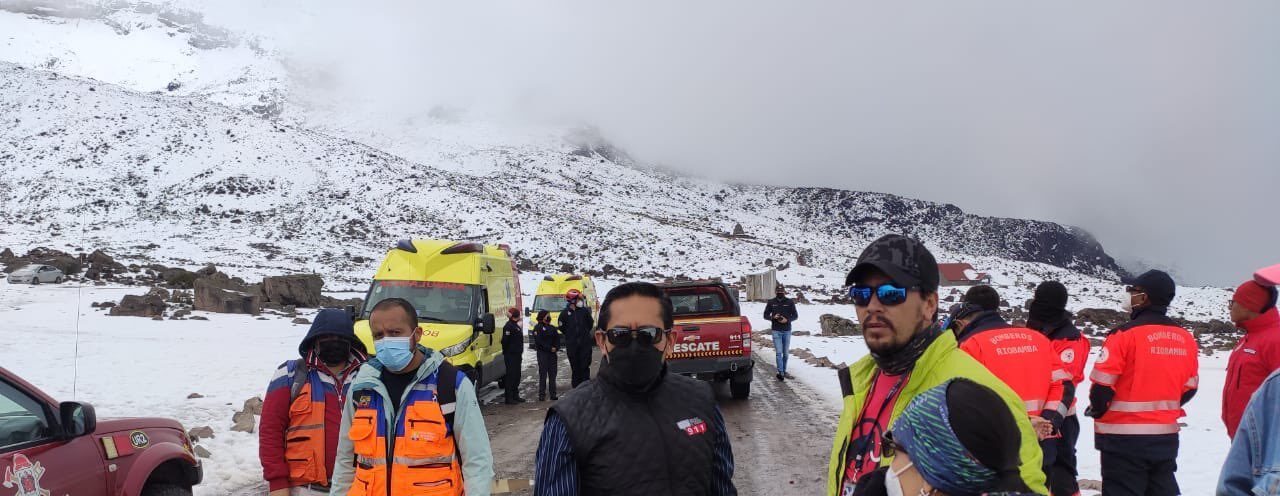
AFP
An avalanche Sunday on a snow-capped Ecuadoran volcano, the highest peak in the country, killed at least three climbers and left three others missing, officials reported.
The avalanche struck a group of 16 mountaineers while at an altitude of 6,100 meters (20,000 feet) on the dormant Chimborazo volcano, according to responders.
“There are three missing mountaineers, three dead, three injured and seven rescued, out of a total of 16 people,” Quito firefighters, who provided emergency support, said in a statement.
A previous report from the country’s ECU911 security service had said four climbers had died and one was injured.
Authorities did not identify the climbers or their nationalities, but the Quito newspaper El Comercio reported that all were Ecuadoran.
The avalanche was spurred by “weather conditions” and was not caused by any volcanic activity, according to the firefighters.
Rescuers as well as police and military personnel specialized in high-elevation operations set up a command center at Chimborazo to coordinate search-and-rescue operations.
The volcano, which rises more than 6,200 meters high, is covered in snow and glaciers year-round and is located about 130 kilometers (80 miles) south of Quito.
Chimborazo attracts both Ecuadoran and foreign climbers. The towns of Riobamba and Ambato lie at its base.
Ecuador’s Environment Ministry temporarily closed the surrounding Chimborazo nature reserve, which is popular with tourists. Despite the volcano’s constant snow, it is not frequented by skiers.
The volcano has seen a number of deadly accidents in recent decades.
In 2003, the remnants of an Ecuadoran plane that crashed in 1976 with 59 people on board were found by climbers about 700 meters from the summit.
The plane had collided into a stone wall on Chimborazo, and had been covered by an avalanche.
In 2015 the remains of three climbers, believed to have disappeared 20 to 30 years ago, were discovered at about 5,500 meters.
And in 1994 an avalanche left 10 people dead, including one Swiss and six French nationals.
Chimborazo last erupted sometime between the beginning of the 5th and end of the 7th century, according to the Geophysical Institute of Quito, which said the interval between eruptions is approximately 1,000 years.
The volcano’s ice-capped summit, steep slope and its location near populated areas including towns, make it a high-risk area, according to the institute.
Chimborazo’s summit is the farthest point from the center of the Earth, at 6.38 million meters.
International
Meta Says Russia Seeks to Ban WhatsApp for Defending Secure Communication

U.S. tech giant Meta, the parent company of WhatsApp, said that Russia is seeking to ban the messaging app because it “challenges government attempts to violate people’s right to secure communication.”
Russian authorities have encouraged citizens to switch to state-backed applications, and in August they already blocked WhatsApp’s calling feature.
On Friday, the communications regulator Roskomnadzor claimed that the platform was being used to “organize and carry out terrorist acts in the country, recruit perpetrators, and facilitate fraud and other crimes.”
“If the messaging service does not comply with Russian law, it will be completely blocked,” the regulator warned.
WhatsApp remains one of Russia’s most widely used messaging services, alongside Telegram.
Moscow is pressuring both platforms to grant authorities access to user data upon request for investigations into fraud and activities the government labels as “terrorist.”
Human rights advocates fear the demand could be used to target critics of the Kremlin, President Vladimir Putin, or the war in Ukraine.
International
Archbishop Wenski criticizes Trump’s deportation policies, calls for stronger push for reform
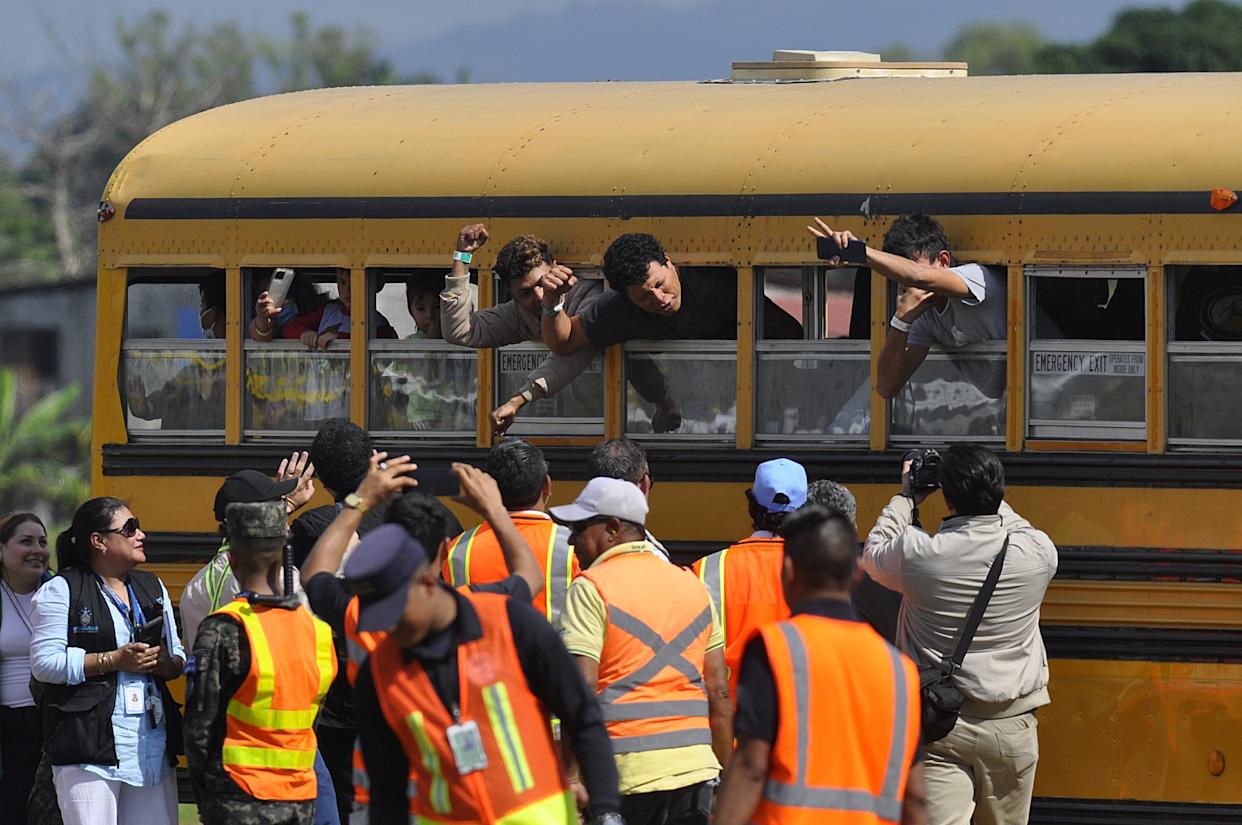
The Archbishop of Miami, Thomas Wenski, has called for increased pressure on the U.S. Congress to advance comprehensive immigration reform and criticized President Donald Trump’s mass deportation policies, arguing that they “do nothing to help.”
“We need to apply more pressure on Congress so lawmakers can make the necessary changes. It is also important for the Administration to listen to our voice. We do not want to be anyone’s enemy—we are Americans,” Wenski said in an interview with EFE.
The religious leader, who heads one of the dioceses with the largest Latino and Haitian populations in the United States, issued a call to defend the rights of migrants. He also emphasized that the U.S. Conference of Catholic Bishops (USCCB) has maintained a strong and public stance in favor of migrants for decades.
International
Trump relaunches diplomatic push to finalize U.S.-Backed peace plan for Ukraine War

U.S. President Donald Trump announced on Tuesday that his diplomatic team will resume meetings with delegations from Russia and Ukraine in an effort to pressure both sides to accept the peace plan proposed by Washington to end the war in Ukraine.
As part of this new round of talks, U.S. Special Envoy Steve Witkoff will travel to Moscow to meet with Russian President Vladimir Putin. Meanwhile, Army Secretary Dan Driscoll will hold discussions with Ukrainian representatives to narrow differences on the remaining points of the agreement.
Trump also confirmed his intention to meet personally with Ukrainian President Volodymyr Zelensky and with Putin, though he emphasized that such meetings will only take place “when the agreement is fully finalized or in its final stage.”
The president claimed that his administration has made “tremendous progress” toward resolving the conflict and reiterated that the war “never would have started” if he had been in the White House at the onset of the crisis.
The U.S.-backed peace plan consists of 28 points and has been revised following feedback from both sides. According to Trump, only “a few points of disagreement” remain under active discussion.
One of the most controversial aspects of the proposal is the suggestion that Ukraine cede parts of the Donbas region to Russia and limit the size of its armed forces. Kyiv is working closely with Washington to soften these clauses in search of an arrangement that does not compromise its sovereignty or security.
With this diplomatic push, Trump aims to solidify his role as the main mediator in the conflict and steer the war toward a political resolution after years of devastation, humanitarian crisis, and rising global geopolitical tensions.
-

 International5 days ago
International5 days agoTrump relaunches diplomatic push to finalize U.S.-Backed peace plan for Ukraine War
-

 Central America2 days ago
Central America2 days agoTrump Pardons Former Honduran President Hernández and Warns of Aid Cuts Ahead of Election
-
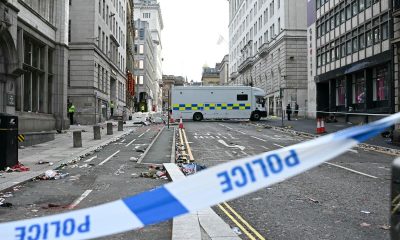
 International5 days ago
International5 days agoMan pleads not guilty in Liverpool parade incident that injured more than 130
-

 International5 days ago
International5 days agoBolsonaro misses appeal deadline, faces imminent prison order by Brazil’s Supreme Court
-

 International5 days ago
International5 days agoMacron to announce new voluntary military service amid rising security concerns in Europe
-

 Central America4 days ago
Central America4 days agoPanama reinforces security with new helicopters and Super Tucano Aircraft purchases
-

 Central America4 days ago
Central America4 days agoTrump urges hondurans to back conservative candidate Nasry Asfura in november elections
-
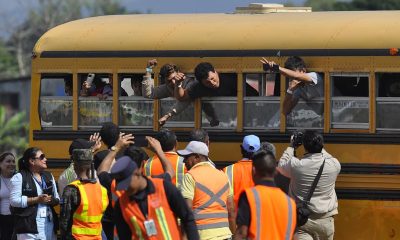
 International4 days ago
International4 days agoArchbishop Wenski criticizes Trump’s deportation policies, calls for stronger push for reform
-

 Central America4 days ago
Central America4 days agoWashington calls for oversight as Honduras faces allegations of electoral interference
-
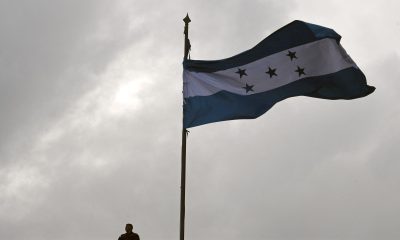
 Central America15 hours ago
Central America15 hours agoHonduras’ China–Taiwan Future Hinges on Sunday’s Presidential Election
-

 International2 days ago
International2 days agoMeta Says Russia Seeks to Ban WhatsApp for Defending Secure Communication






























